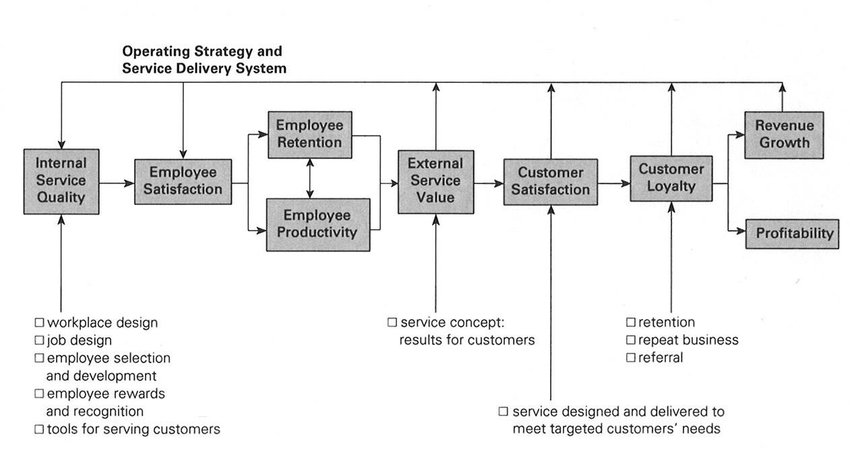Hello again!
It’s time for another post here on the Pathway Design Group blog! We hope the transition into this colder season has treated you gently and that you’re looking ahead to the holidays with hope and warmth.
This week, we’re focusing on the topic of employee engagement and how awareness and nurturing of this need can propel your business to new heights — both financially and atmospherically.
What is Employee Engagement?
When we talk about “employee engagement,” we mean so much more than general happiness or satisfaction. Employee engagement refers to how employee emotions directly relate to the individual’s and company’s performance and productivity.
“The fact is that engagement affects every person inside your organization, and every person inside your organization affects your bottom line.”
In today’s society — with so much focus on productivity — the well-being and satisfaction of the employee seems to have fallen lower on the general list of economic priority. We (as well as a group of Harvard researchers in the 1990s) think that this phenomenon can be devastating to a company’s income potential. The fact is that engagement affects every person inside your organization, and every person inside your organization affects your bottom line.
The Service-Profit Chain
According to a study done by the aforementioned Harvard researchers, there is a direct link between profitability, customer loyalty, and employee engagement. The chart below illustrates this link in detail, and hammers home a very important point: Businesses must cultivate the conditions for satisfied and engaged employees to create valuable, loyalty-inspiring experiences for customers, which will ultimately drive profits.

The High Cost of Disengagement
“17.5% of the workforce is actively working to undermine the success of their own companies.”
If you think employee disengagement is just “part of the job,” we’d like the chance to convince you otherwise. According to a recent Gallup poll, an astonishing 68.5% of U.S. employees are not engaged in their current roles at work.
Of that 68.5%, 17.5% of those individuals characterize themselves as actively disengaged, which means that they are actively working to undermine the success of their own companies.
Yikes! Let’s say that one more time, just to make it sink in.
17.5% of the workforce is actively working to undermine the success of their own companies.
Not just bored, not just grumpy, but making a concerted effort to work against the organization they work for… and it doesn’t stop with those specific employees. This negativity inevitably rubs off on others, turning potentially engaged employees into non-engaged workers.
Active disengagement costs American companies $450 – $550 billion in lost productivity each year. So how do we stop it?
The 9 Pillars of Employee Engagement
A deliberate effort to nurture the engagement of your employees can go a long way toward increasing the positivity and productivity of your organization. By focusing on what we call the “9 Pillars of Employee Engagement,” you can begin the journey toward a cooperative, encouraging, and highly-productive team of employees.
1. Values & Purpose (The “Why”)
Human beings have an innate desire to be a part of something bigger than themselves. Having a sense of purpose connects us to a common, higher mission and inspires us to put the needs of others before our own. You can see how that would be a helpful thing to uphold in the workplace, can’t you?
2. Communication
Effective, deliberate communication is made up of two different elements: Functional and Emotional. Functionally, employees need timely access to necessary, job-specific information to perform essential tasks. Emotionally, people need to receive proper, positive, and constructive communication to feel “in the loop” and included.
3. Employee Health & Wellness
Research shows a direct correlation between health and engagement — can you imagine performing to the best of your abilities while mentally or physically suffering? Keeping your employees healthy is a non-negotiable element of engagement. According to a Gallup study, on average, employers who invested in comprehensive health and wellness initiatives saw a nearly 3-to-1 return in money saved.
4. Workspace/Environment
The idea is simple: the best workspaces authentically reflect their company’s brand and cultural values and are conducive to the types of behaviors and activities that support the business. They are both functional and inspirational, create a sense of pride, and are places where employees actually want to spend their time.
5. Well-defined Roles
To be engaged, employees need to know that their work matters — that it is both valued and valuable. To achieve this, employees need well-defined roles. Defining job roles is all about connecting the organizational mission with each employee’s day-to-day activities.
6. Relationships with Colleagues
Not everyone should be expected to be friends at work, but multiple studies have shown that companies, where friendships are common, have more engaged employees. Fostering a sense of community, loyalty, and friendships in the workplace can and should be a strategic component of your company culture that gives your business a competitive advantage.
7. Recognition & Incentives
While financial rewards help fulfill our basic needs for survival, that’s about it. Money does a poor job of satisfying higher-level needs like esteem and our need to belong. Peer-to-peer recognition, on the other hand, does a great job of satisfying both needs. The act of being recognized helps individuals feel like a valued member of a team, and help create the emotional component required to engage a workforce.
8. Buy-in from Managers
In most companies, middle managers have a bigger influence on the company than even senior executives. Hiring a manager who is actively engaged with the company and actively working toward the overall mission and culture can have a huge impact on workplace engagement.
9. Personal Growth
In our service and information-driven economy, talented people are your most precious commodity, and keeping those people engaged requires deliberate attention to their personal growth. An atmosphere of continual growth is no longer just a desire, it’s a necessity for companies that don’t want to experience high turnover.
Putting the Pillars into Practice
We firmly believe that an actively-engaged organization is a successful one and that nurturing engagement should be a top priority of a company leader. So how, then, do you implement these nine essential facets of a positive, efficient organization? Our next blog post will focus on each of these pillars again but with a more strategic approach designed to help you build a plan for stellar employee engagement.
Hope to see you there!
